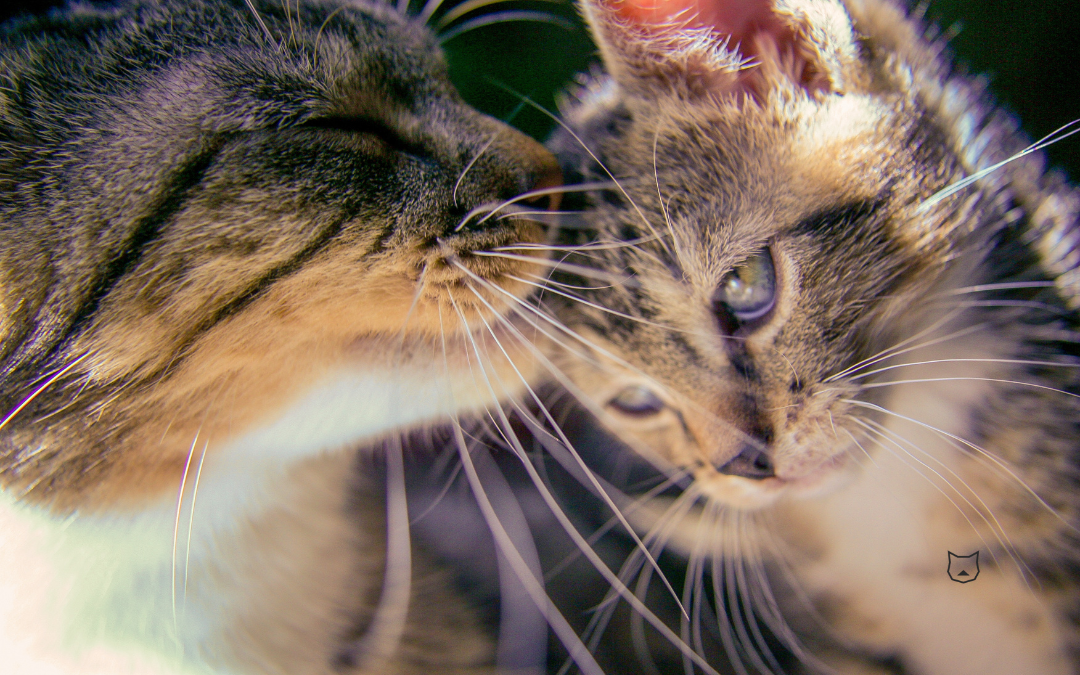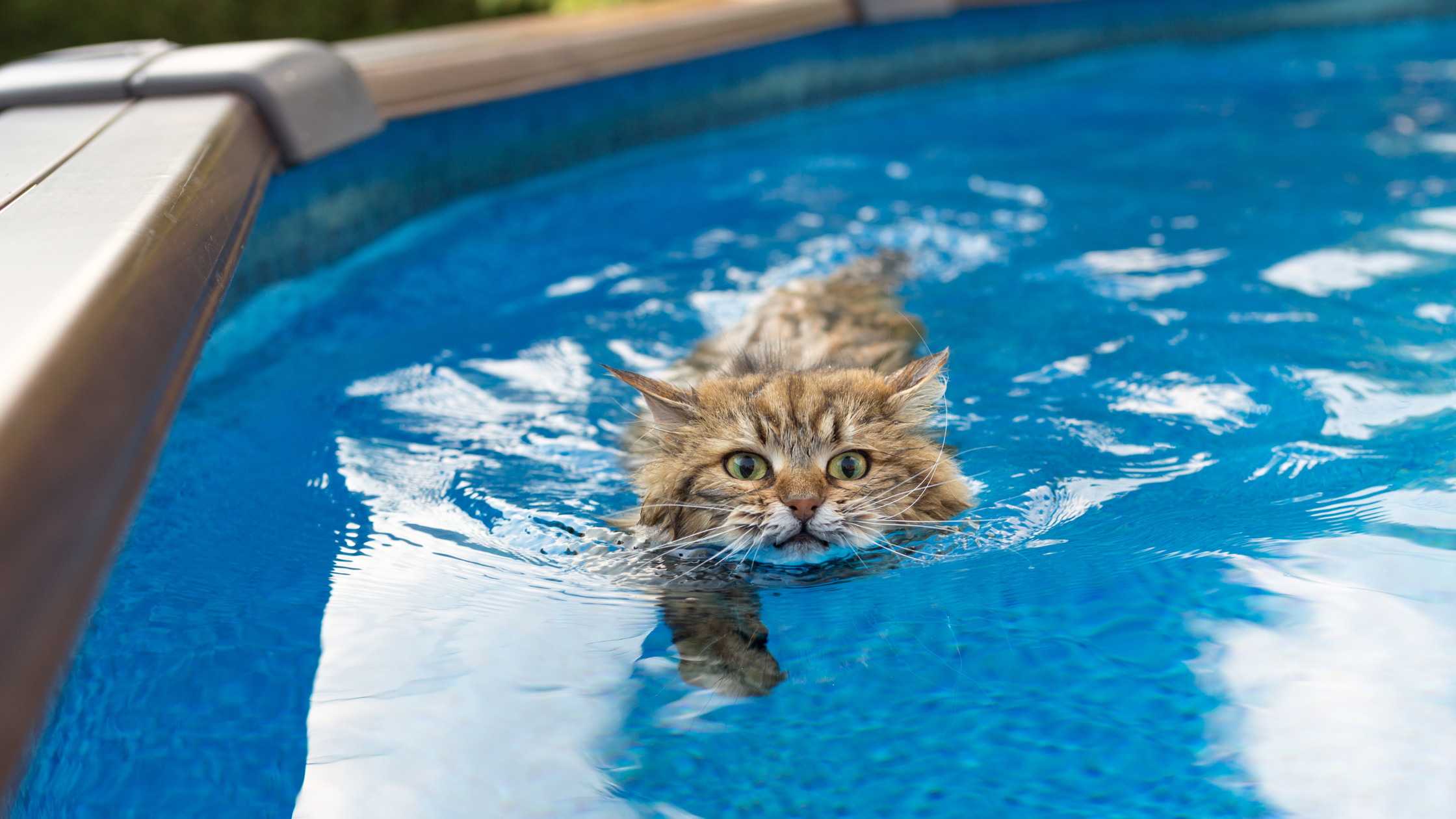On a recently published page, the topic of the appropriate age at which kittens should remain with their mother and when is the best time to separate them along with their siblings was discussed.
The minimum age at which kittens can be safely separated from the mother is 12 weeks old. This condition is met if optimal physical, behavioral, spatial, and nutritional conditions have been provided by the caregiver since birth.
The optimal time for kittens to leave their mother is at 16 weeks old. It is assumed that during this period, kittens have had adequate conditions for development.
Extending the time spent with the mother allows kittens to achieve better physical and psychological development. They learn important social and behavioral behaviors from their mother. It should be noted that the quality of kitten upbringing also depends on the conditions in which the mother was raised. If she did not have adequate conditions in her youth, this may negatively affect her parenting abilities.
Therefore, ensuring optimal conditions for the mother before and after the kittens’ birth is crucial for their healthy development. It is important for caregivers to not only meet the physical needs of the young but also their emotional and social development, shaped in the early weeks under the mother’s care.
Therefore, it is extremely important that only people with specialized knowledge, namely professional breeders, are responsible for pregnancy, childbirth, and raising kittens, not casual caregivers like Rysiek or Basia, who may desire kittens solely for their charm. The desire to have small, cute kittens should not be an argument for their reproduction, especially in light of the increasing number of homeless cats. Amateur breeding, lacking proper genetic, behavioral, and nutritional knowledge, can lead to serious health and behavioral problems in cats.
I appeal to all cat lovers not to decide to breed their animals without proper preparation and knowledge. Instead, consider adopting cats from shelters that are already dealing with an excess of homeless animals. Professional breeders, operating legally and ethically, have the necessary knowledge and tools to ensure the health and well-being of their animals.
Through responsible breeding and adoption practices, we can collectively contribute to reducing the number of homeless cats and provide better lives for those who are already born. I encourage supporting local shelters and organizations dedicated to cats and promoting responsible animal care.




